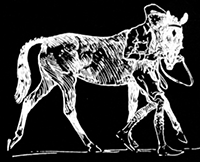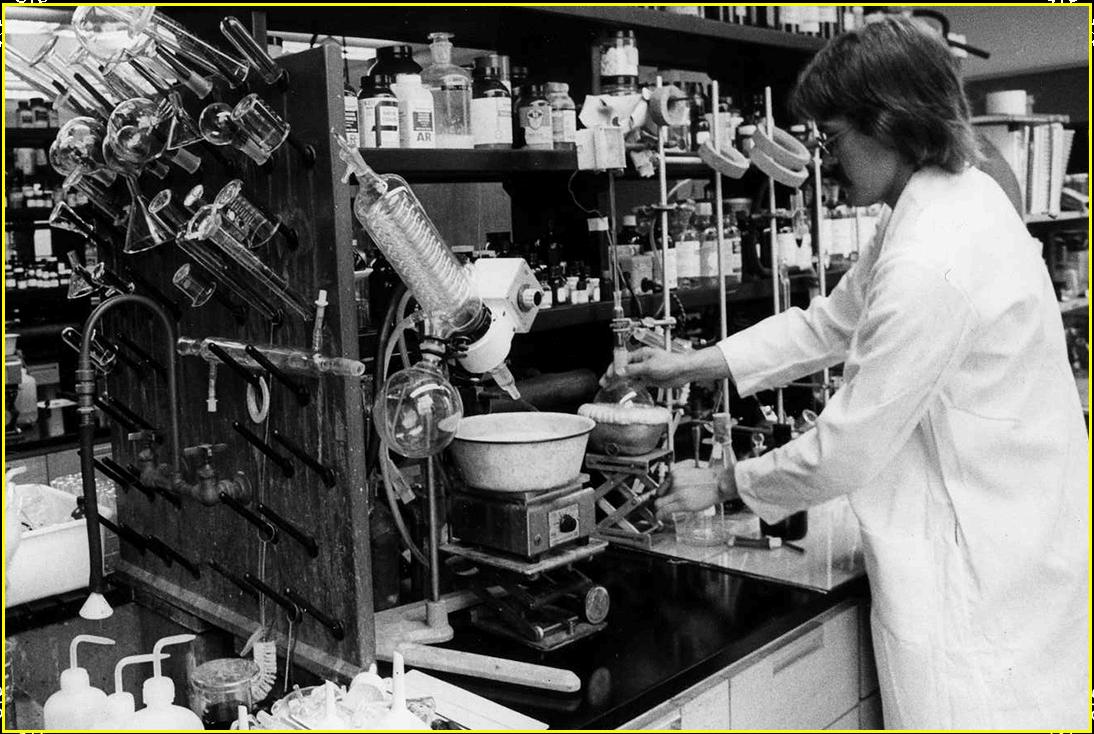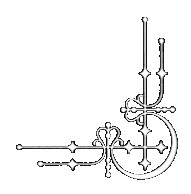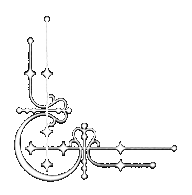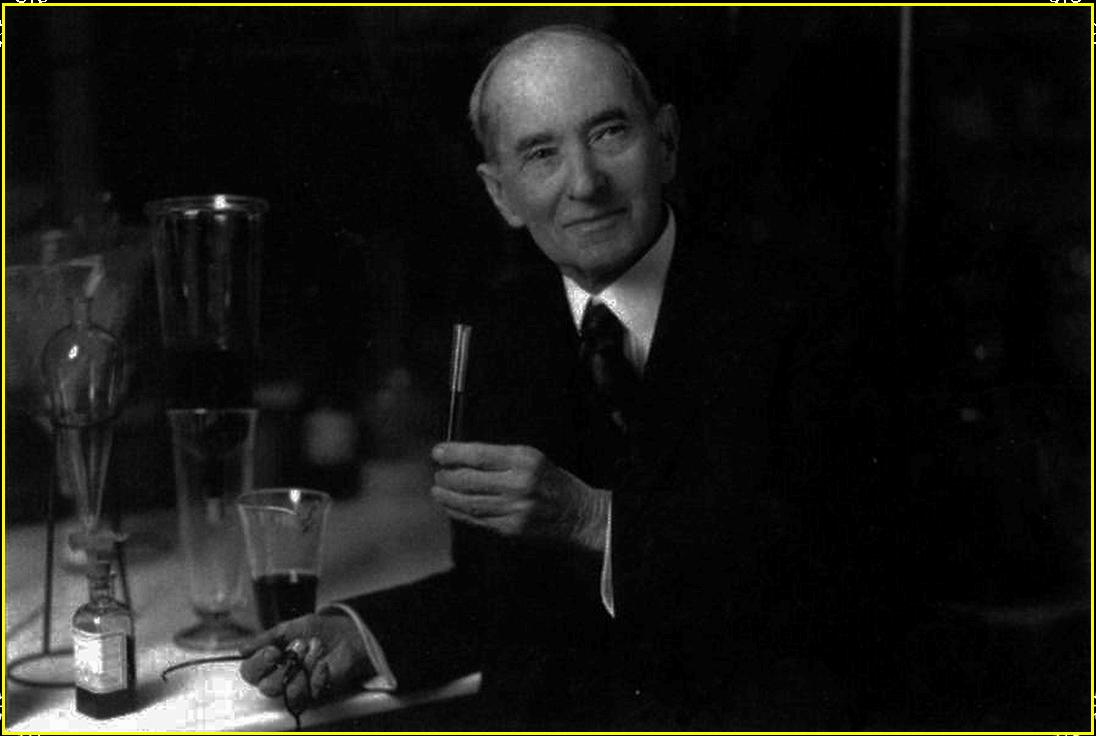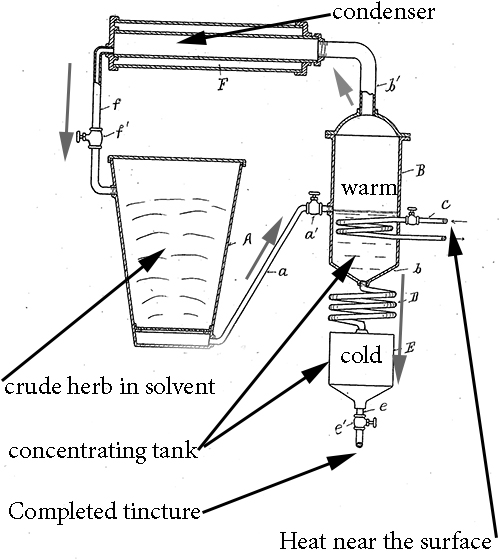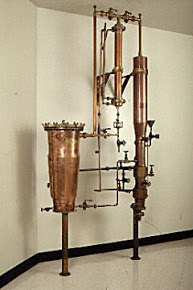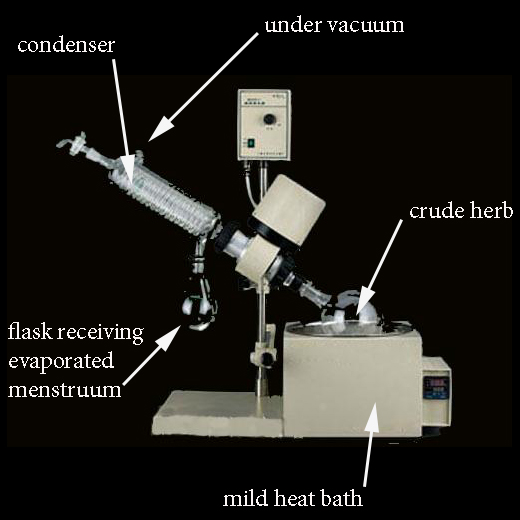I first heard about the John Uri Lloyd's cold extraction still not too long after I started seriously studying medicinal herbs. Later, I made a pilgrimage to the Lloyd Library in Cincinnati and asked the librarian if she had any detailed information on that extractor. She basically replied, not much, which surprised me. Her response made me think I was one of the few that might have ever asked. That was a number of years ago. Now I see there is more information out there thanks to the Lloyd Library which evidently did more homework since I was last there. Yet still, not much critical work has been done so it seems on why the Lloyd's cold still no longer is used. Maybe this page might help clear a few things up?
First, lets examine why the cold still came into being in the first place. Why was there a need? In 19th century America, medical practitioners were not a highly admired group. There was much inter-professional bickering and jealousies along with an over-dependence on what may be termed, "heroic" medicine which produced a lot of discomfort in patients. None of it set well with the public. There were basically three sects of formally educated physicians back then, the Allopaths, the Eclectics, and the Homeopaths. The allopaths became what we now consider mainstream medicine--the M.D.s of our current day. The Eclectics on the other hand evolved out of the American herbal traditions and were formally trained medical doctors that considered and relied on botanical medicine as an important part of their practice. The label, "eclectic" stems from the practice of these medical people using whatever seemed best to produce a successful outcome and more often than not, herbal remedies seemed to work well while the heroic medicine of the MDs, did not. The Eclectics were not tied to any one dogma, nor did they generally favor the harsh realities of heroic medicine i.e. bloodletting, prescribing toxic mineral chemicals like mercury, antimony, along with blistering, sweating, purging, induced vomiting, surgery, etc-all main staples of the Allopaths of the 19 th century, the so called: regular Doctors, the MDs. The Eclectics lost out to the Allopaths in the 20th century with their last medical school closing in 1939. The Homeopaths experienced some popularity in the 19th century up unto today. They relied on very dilute concentrations of various orally prescribed substances to stimulate healing in the body, implementing their view that "like cures like".
How effective was the Eclectic form of practice versus the MDs? Here is an example of some statistics taken comparing the two from competing Hospitals of each in New York, Chicago, Cincinnati, St. Louis, Indianapolis, Springfield, Des Moines, San Francisco, and Atlanta:


